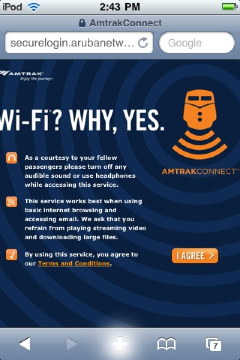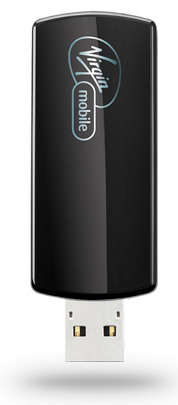
It took until early 2009 for the regulatory and other details to be settled to allow in-flight calling via an onboard picocell. As of now, only 50 planes were equipped with the service, which charged a few dollars a minute for calls, and hefty rates for email and texting. These rates were comparable with international roaming costs when OnAir first proposed them, but European Union regulators have forced lower intra-EU roaming, which may have taken the shine off.
While OnAir claims it "operates with six airlines and has a portfolio of 23 signed agreements with national carriers worldwide," only a handful of equipped planes with production equipment are flying regular routes. That's pretty paltry for six years of work. When Boeing's Connexion service failed, it had many dozens of planes in the air.
OnAir (and its owners SITA and Airbus) were counting on Inmarsat to deliver an affordable and on-time satellite-backed solution that would eventually allow in-flight broadband. Back in the early days, the roughly 500 Kbps service that could be bundled with multiple modules for higher speeds was being touted to me as a real broadband offering.
Then OnAir started to backpedal on broadband, looking entirely to mobile service revenue. Now, you don't really hear a peep about it, because it's simply not affordable.
Inmarsat took years to get its Asia-Pacific bird in the air, and that prevented OnAir from pursuing modern agreements with trans-Pacific carriers.
I don't quite see how OnAir proceeds with what must be hundreds of millions of dollars spent to date, and no large-scale deployments on the horizon.
One would think the firm should have spent the last several years lobbying for a harmonized pan-European air-to-ground spectrum alignment to allow Aircell-like service over Europe. Aircell has over 700 planes equipped across several U.S. airlines.
Unique T-Mobile In-Flight Promotion: Gogo Service for Six MonthsSimon Cowell’s mum ’shocked’ at marriage





